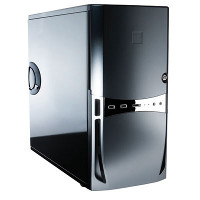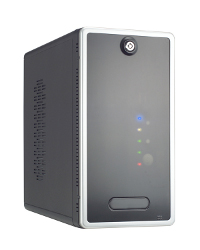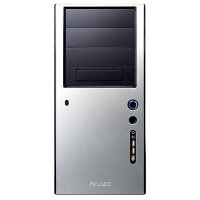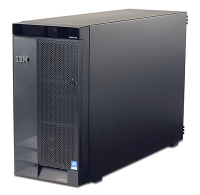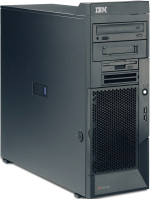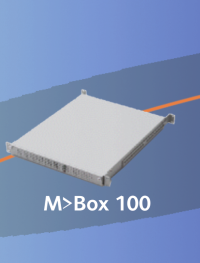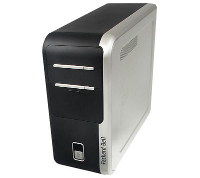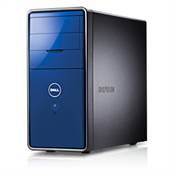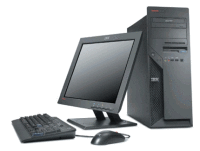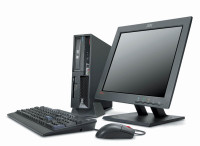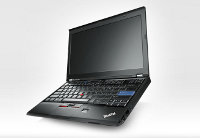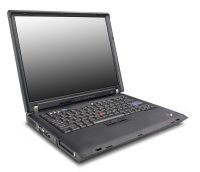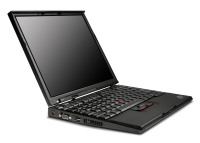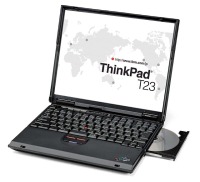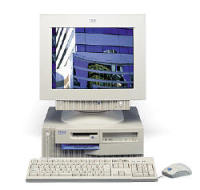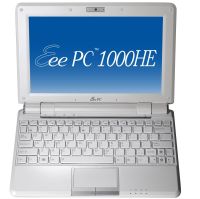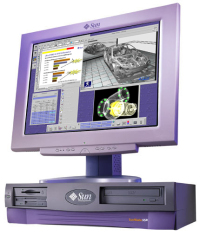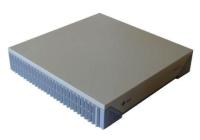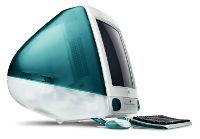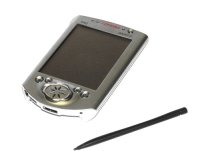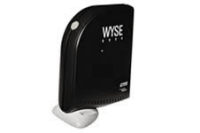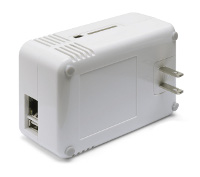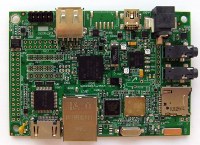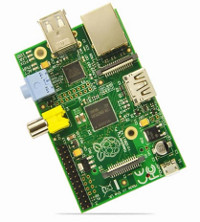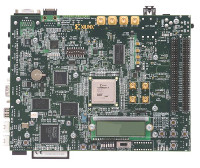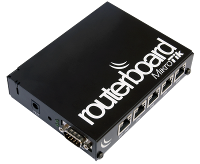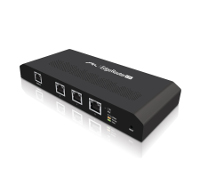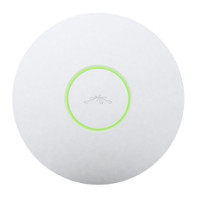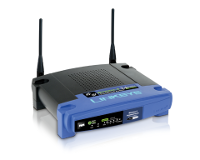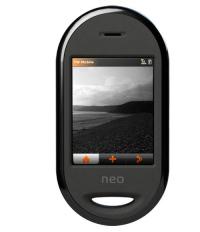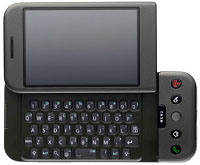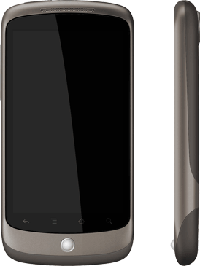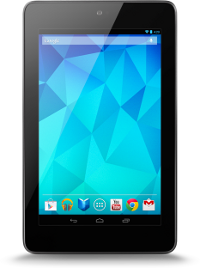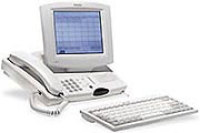Serveur Supermicro X9SAE-V
- Plan 9 from Bell Labs
- Inferno
- Intel Core i7-3770 3,4 GHz
- 16 Go de DDR3 SDRAM
- 60 Go de SSD SATA
- 2x 2 To de disque dur SATA
- Carte mère Supermicro X9SAE-V
- Mémoire Kingston KHX16C10B1RK2/16G
- Disques dur Seagate Barracuda 7200.14 ST2000DM001
- SSD Intel 320 Series SSDSC2CT060A3K5
- Boitier Antec Sonata III 500
- Carte graphique MSI N630GT-MD4GD3 (NVIDIA GeForce GT 630)
- kmesg - pci
Serveur Supermicro X7SPA-H-D525
- Plan 9 from Bell Labs
- Inferno
- Intel Atom D525 1,8 GHz
- 4 Go de DDR3 SDRAM
- 40 Go de SSD SATA
- 4x 2 To de disque dur SATA
- Carte mère Supermicro X7SPA-H-D525
- Mémoire Kingston ValueRAM KVR800D3S8S6/2G
- Disques dur Seagate Barracuda 7200.14 ST2000DM001
- SSD Intel 320 Series SA2CT040G3K5
- Boitier Chenbro ES34169
- kmesg - pci
Serveur Supermicro X7SLA-H
- Plan 9 from Bell Labs
- Inferno
- Intel Atom 330 1,6 GHz
- 2 Go de DDR2 SDRAM
- 60 Go de SSD SATA
- 2x 2 To de disque dur SATA
- Carte mère Supermicro X7SLA-H
- Mémoire Kingston ValueRAM KVR667D2N5K2/2G
- Disques dur Seagate Barracuda 7200.14 ST2000DM001
- SSD Intel 330 Series SSDSC2CT060A3K5
- Boitier Antec SOLO
- Alimentation Antec True Power New TP-650
- Graveur Blu-ray Plextor LB950SA
- kmesg - pci
Deux serveurs Connexity M>Box 100
- Plan 9 from Bell Labs
- Intel Pentium III 1,13 GHz
- 512 Mo de SDRAM
- 160 Go de disque dur ATA
- Carte mère Intel S815EBM1
Ordinateur de poche Compaq iPAQ H3650
- Plan 9 from Bell Labs
- Intel StrongARM 206 MHz
- 32 Mo de RAM
- 16 Mo de Flash ROM
- Carte Wi-Fi PCMCIA ORiNOCO Classic Gold
- images, debug et log
Client léger WYSE Winterm 9150SE
- Plan 9 from Bell Labs (PXE)
- Microsoft Windows XP Embedded SP1 (non utilisé)
- AMD Geode GX 400 MHz
- 256 Mo de DDR SDRAM
- 256 Mo de ROM
- VESA nécessite l'utilisation de realemu(8)
- kmesg - pci - aux/vga -p
Serveur CompuLab Trim-Slice
- Plan 9 from Bell Labs (PXE)
- NVIDIA Tegra 2 (ARM Cortex-A9 1 GHz)
- 1 Go de DDR2 SDRAM 667 MHz
- boot
Serveur Xilinx Virtex-4 FX ML405 Evaluation Platform
- Plan 9 from Bell Labs (PXE)
- XC4VFX20-FF672 FPGA
- PowerPC 405 300 MHz
- 256 Mo de DDR2 SDRAM
- kmesg
Serveur MikroTik RouterBOARD 450G
- Atheros AR7161 680MHz (MIPS32 24K)
- 256 Mo de SDRAM
- 512 Mo de NAND
- boot

